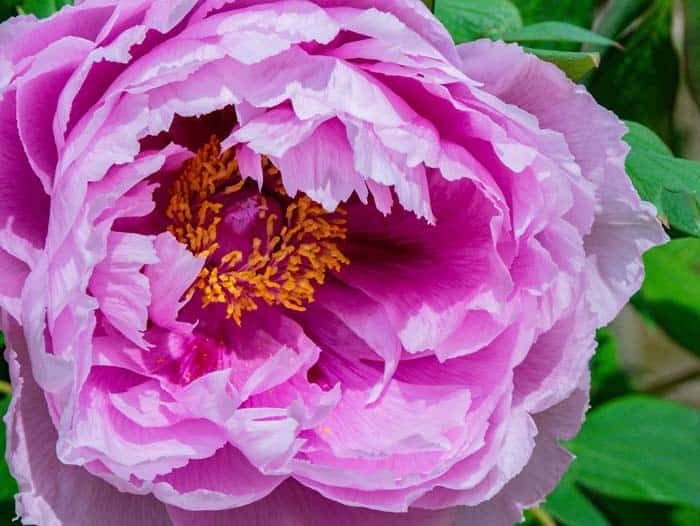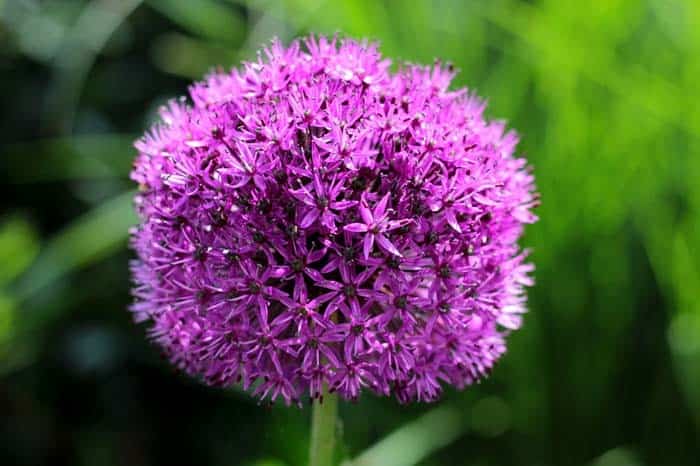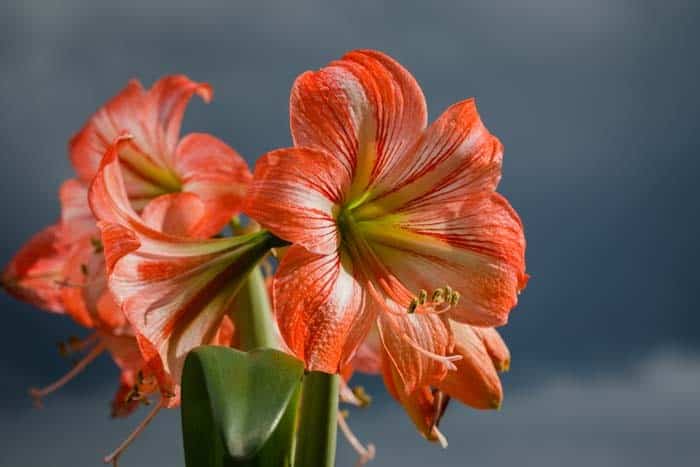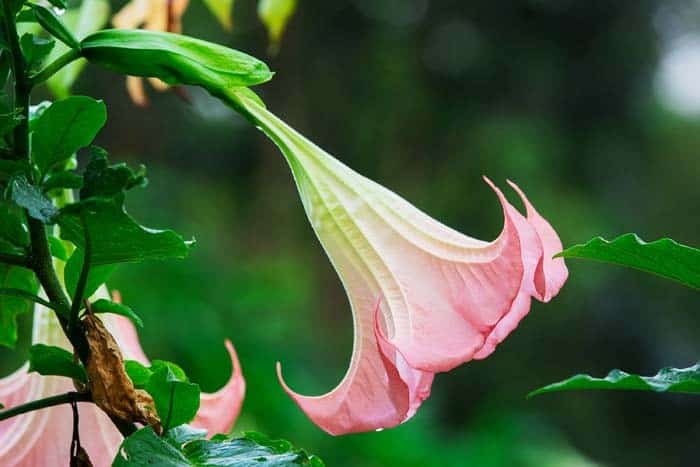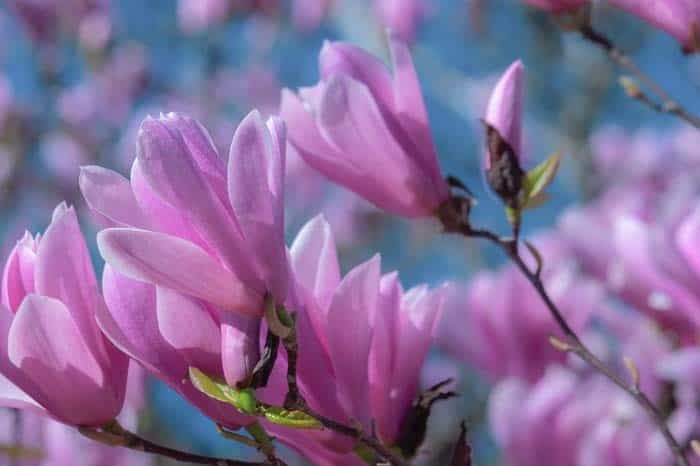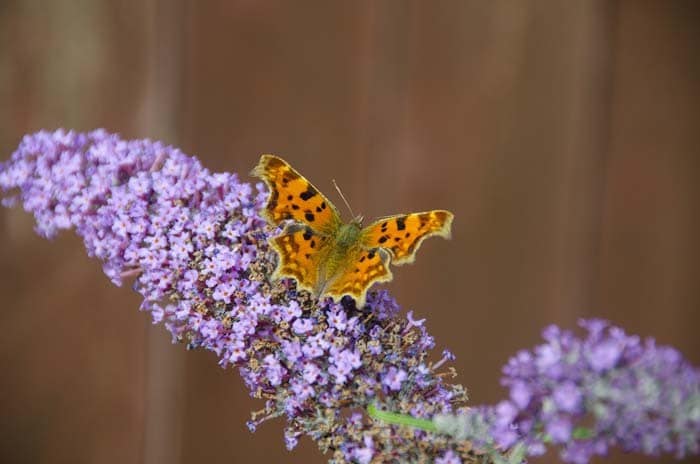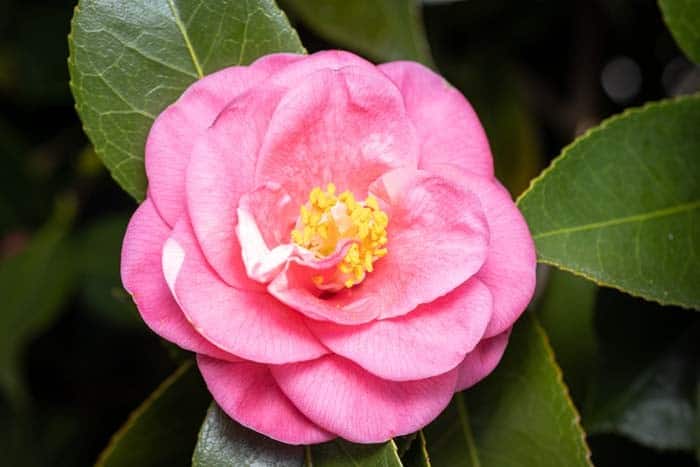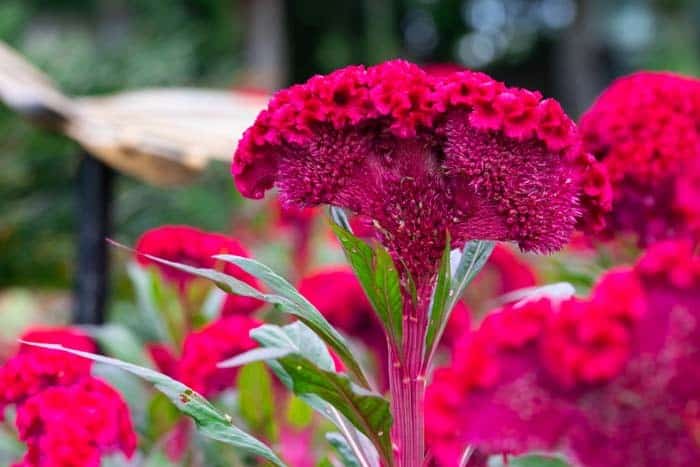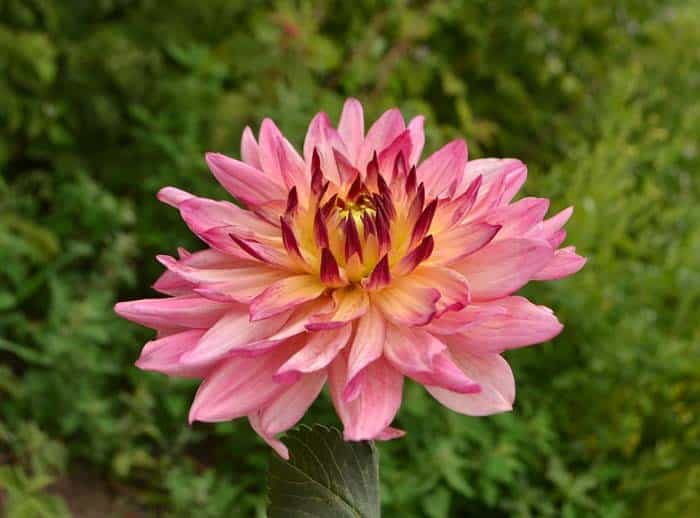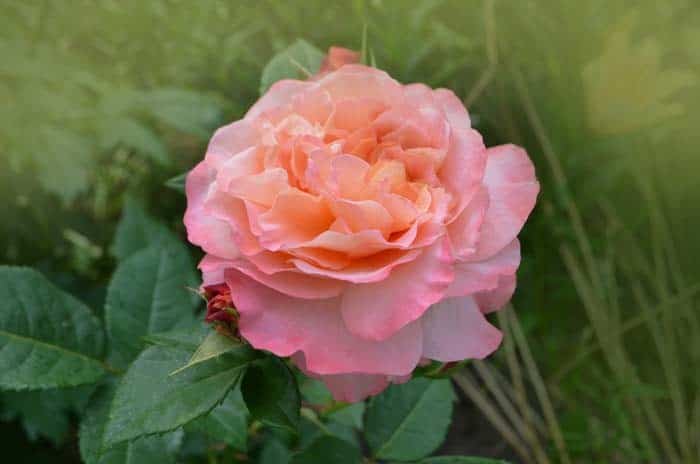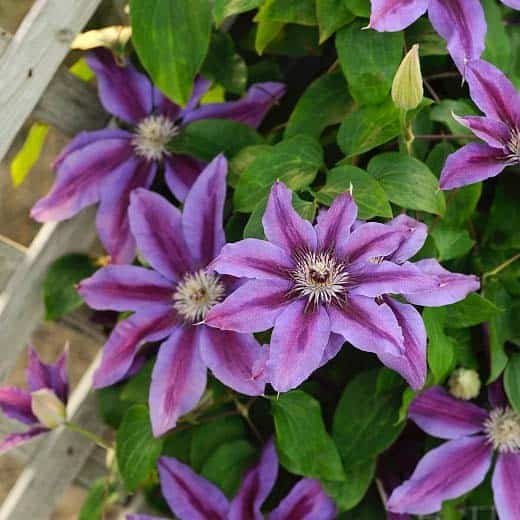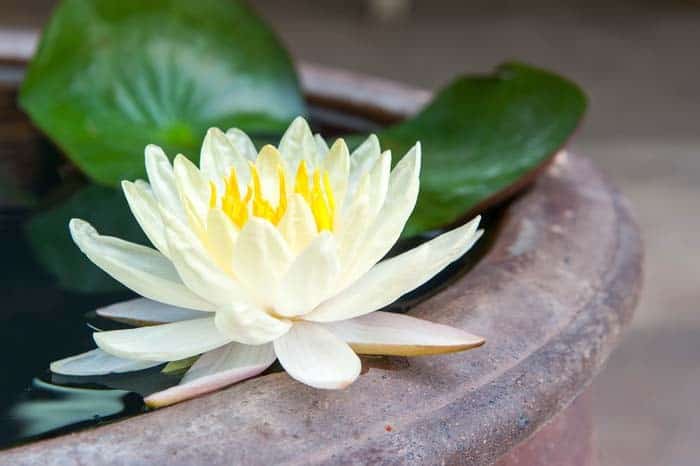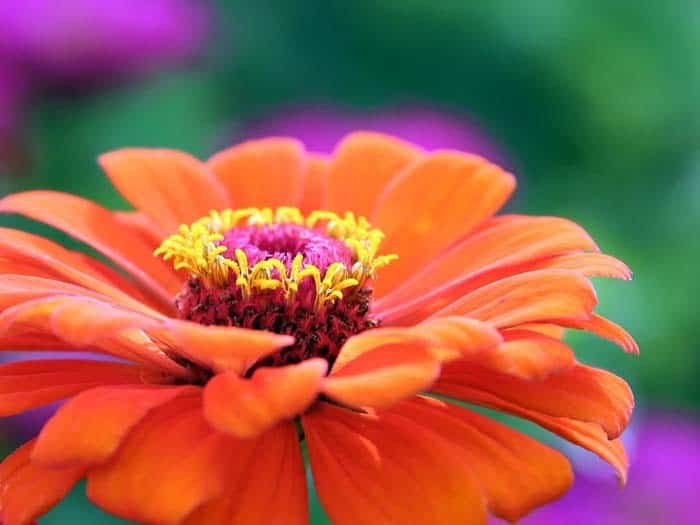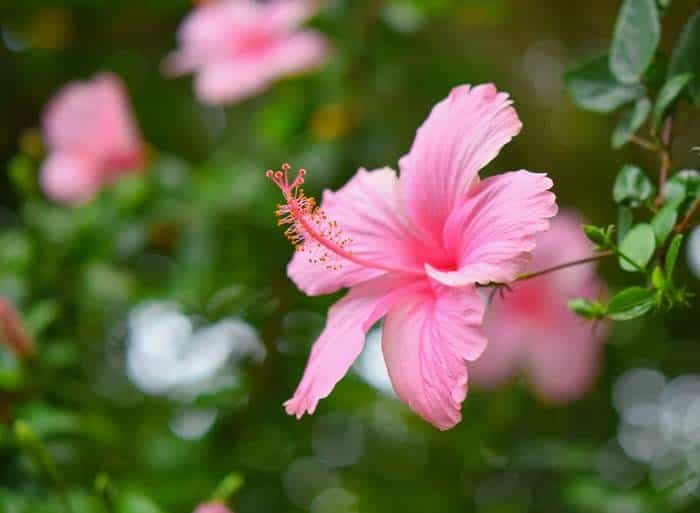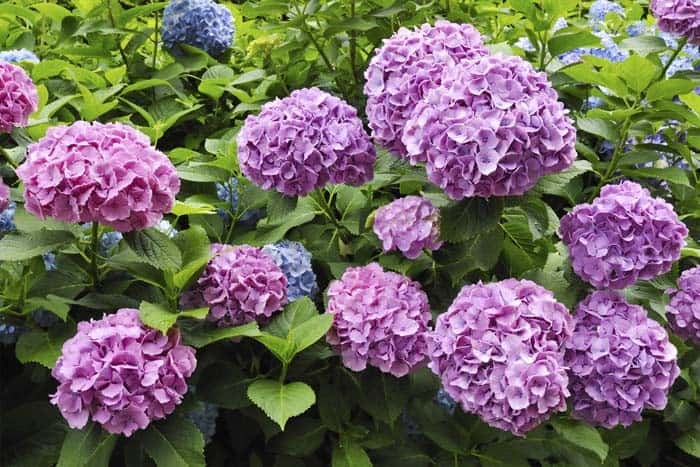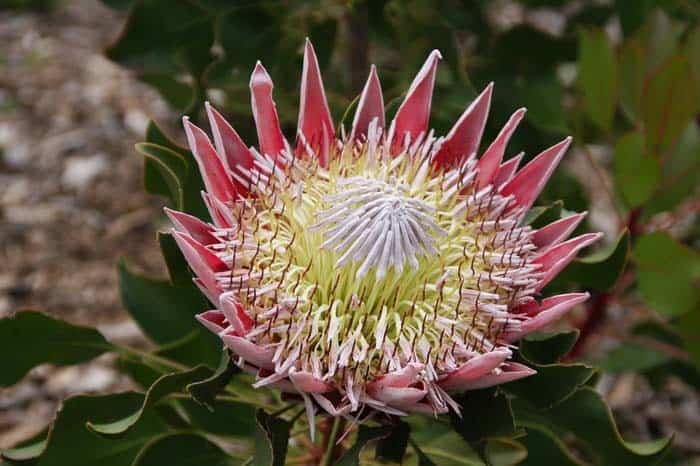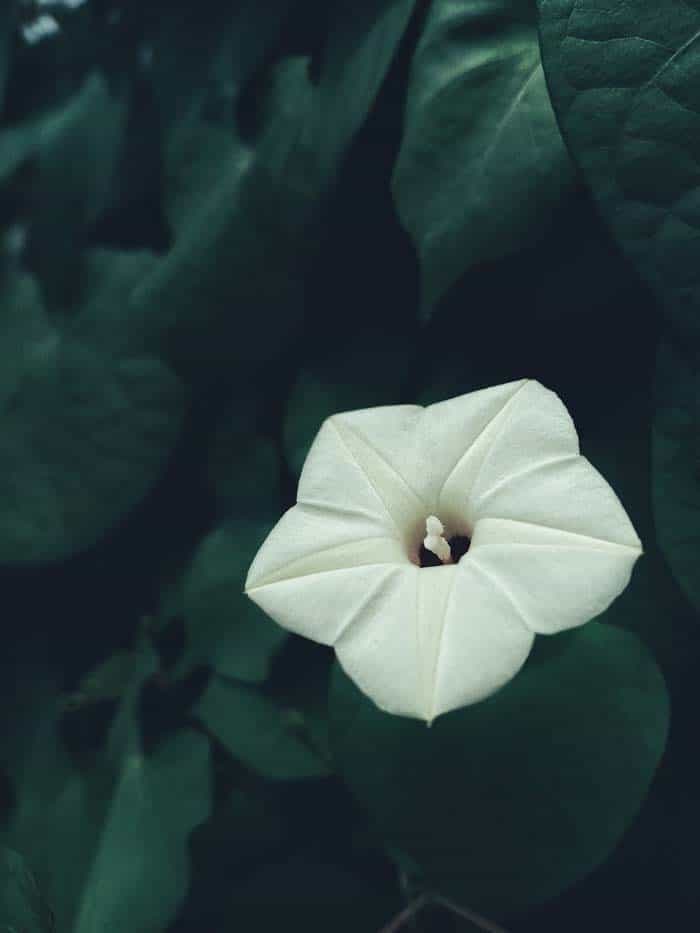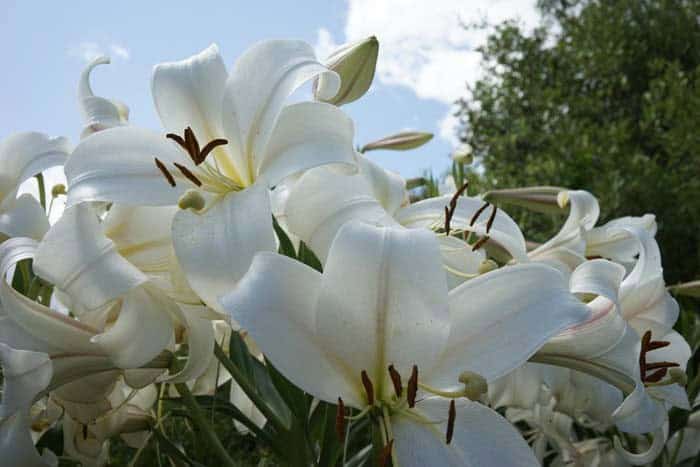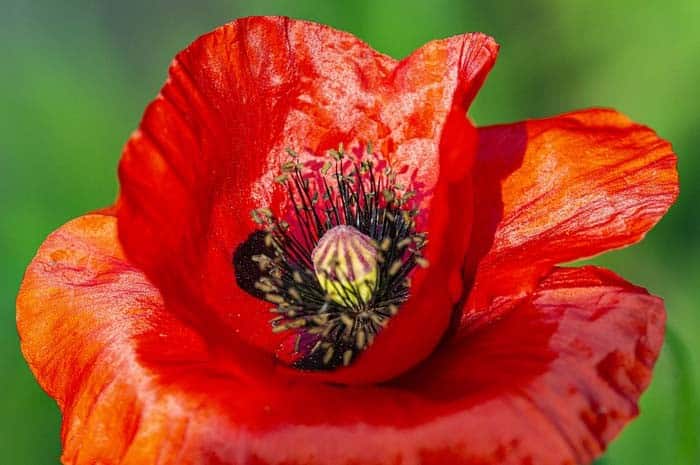Add a touch of drama to your outdoor space by incorporating big, show-stopping blooms into your garden design. Whether you have a small, intimate flower bed or a sprawling English garden, these oversized flowers are sure to bring vibrant color and energy to the area. As you plan out your planting schedule, consider our top picks for flowering plants with massive blooms, carefully curated to thrive in a variety of soil types and growing zones.
Allium ( Allium )
As the spring season reaches its peak, the allium’s majestic display of globe-shaped flowers is impossible to ignore. Each tiny bloom boasts delicate petals and distinct centers, making it a true showstopper in any garden. What’s more, these hardy plants are surprisingly adaptable, thriving in a wide range of soil types without much fuss.
To give you a better sense of what they need to flourish, here are the key growing requirements: USDA Growing Zones 5-8; color varieties include stunning shades of purple; and for optimal growth, provide full sun exposure, friable soil that’s evenly moist and well-drained.
Amaryllis (Hippeastrum group)
The amaryllis flower boasts a timeless, romantic charm. Its unique beauty lies in its layers of delicate, ruffled petals that unfold like a work of art. To experience the grandeur of these flowers, it’s essential to select the largest bulbs available. In spring, you’ll be treated to vibrant, showy blooms clustered together in a stunning display. While amaryllis thrive in USDA zones 8-10, they’re often grown as annuals in warmer climates due to their requirement for a winter chilling period.
The flower’s colors range from fiery red and rosy pink to pure white, offering a palette of choices for any garden enthusiast. Amaryllis can be grown in full sun to partial shade, and they prefer well-drained soil with humus-like properties when container-grown or rich, well-drained earth when planted directly in the garden.
Angel’s Trumpet ( Brugmansia )
Even with limited space, you can still appreciate the grandeur of angel’s trumpet flowers. These elegant blooms cascade over the edges of containers, creating a stunning canopy that adds color and vibrancy to your porch or patio. However, it’s essential to provide each plant with ample room to thrive, as their flowers can reach impressive sizes – up to 10 inches in diameter and an impressive 1.5 feet in length.
If you’re looking to grow angel’s trumpet, you’ll want to focus on USDA Growing Zones 8-10. The flowers come in a range of colors, including white, yellow, and pink, making them a versatile addition to any outdoor space.
To get the most out of your angel’s trumpet plants, make sure they receive full sun and are planted in moist but well-drained soil.
Atlas Magnolia ( Magnolia Atlas )
Imagine strolling through the Southern states during magnolia season, surrounded by the heady aroma and vibrant hues of these iconic flowers. Now, picture a larger-than-life version of this beauty – that’s what you get with the Atlas magnolia, boasting blooms that can stretch up to 12 inches in diameter. While its impressive size demands a spacious garden or yard, the payoff is well worth the investment.
This showstopper requires a little elbow room, but it’s perfect for large gardens or those who want to make a statement with their outdoor space. With its broad range of growing zones (6-10), you can enjoy its stunning blooms in various regions across the country. Plus, you’ll have the pleasure of watching it thrive in full sun to partial shade, and enjoying its lush foliage in soil that’s kept consistently moist but well-drained – a perfect trifecta for any gardening enthusiast.
Butterfly Bush (Buddleja davidii)
To attract butterflies to your garden, consider the lovely butterfly bush. As spring arrives, the plant produces tiny flowers along long spikes called panicles, typically reaching 12-18 inches in length. These vibrant spikes provide a striking contrast to traditional blooms. The flowering period can last for months, filling your garden with color and life well into summer. This versatile plant thrives in USDA zones 5-9, tolerating full sun and average, well-drained soil.
You can also find cultivars boasting purple, pink, yellow, or red hues to add a pop of color to your outdoor space.
Camellia (Camellia spp.)
The camellia, with its breathtaking beauty, demands a precise growing environment. When the conditions are met, however, the payoff is more than justified by the effort. As the bushes burst forth into bloom, your yard transforms into a vibrant tapestry of massive flowers. The intricate petals and radiant centers create an utterly captivating display that’s almost too lovely to be real. For those willing to provide the right setting, camellias offer an abundance of stunning visuals.
To successfully cultivate these gorgeous plants, you’ll need to consider their specific requirements. First and foremost, they thrive in USDA Growing Zones 7 to 9. Furthermore, the flowers come in a range of colors, including white, pink, red, yellow, and lavender. To ensure optimal growth, provide them with part shade and soil that is simultaneously moist, acidic, and well-drained.
Cockscomb (Celosia argentea var. cristata)
Are you seeking a unique addition to your garden? Look no further than the captivating cockscomb. Its 12-inch blooms are reminiscent of a vibrant coral reef, adding an extra layer of visual interest to any outdoor space. This versatile flower thrives in a range of environments and climates. When it comes to growing conditions, the cockscomb is quite accommodating. It can be grown as either an annual or perennial, depending on your USDA zone (ranging from 2 to 11).
The flower’s color palette is equally impressive, featuring shades of orange, red, purple, yellow, and pink. In terms of sunlight and soil requirements, the cockscomb is relatively straightforward. It prefers full sun exposure and a well-drained, rich, moist soil. Interestingly, it can even tolerate dry soil conditions if need be. With its adaptability and visual appeal, the cockscomb is an excellent choice for anyone looking to add some excitement to their garden.
Common Sunflower (Helianthus annuus)
The humble sunflower is often the first to bring a smile to our faces. Its vibrant, golden petals are impossible to ignore. With proper care, you can easily coax blooms of up to 10 inches from this stunning plant. Just be mindful of the variety you choose, as some types can grow quite tall – upwards of 15 feet. While they’re not fussy about climate zones, sunflowers do require a bit of TLC: well-drained soil rich in nutrients and full sun exposure.
If you’re looking for a pop of color, the classic yellow is hard to beat, although brown and burgundy varieties are also available.
Dinner-plate Dahlia (Dahlia hybrids)
The dinner-plate dahlia is a show-stopper, boasting layers of petals that can grow to the size of a large plate. But its impressive stature isn’t the only draw – the variety of colors and patterns available make it a standout addition to any outdoor space. From classic white and pink hues to vibrant yellows, oranges, and purples, there’s a dahlia variety to suit every taste. Some cultivars even feature multiple tones in a single flower, making them truly one-of-a-kind.
For gardeners in USDA zones 8-11, dahlias are often grown as annuals, thriving in full sun with rich, well-draining soil that can handle some afternoon shade in extremely warm climates.
English Rose (Rosa hybrids)
The English rose is a romantic gem that effortlessly blends vintage charm with modern appeal. Its stunning blooms feature large, densely overlapping petals that create a captivating display in your garden. As you draw near, the sweet, intense fragrance envelops you, transforming your outdoor space into a serene retreat. With an array of color options, you can easily find a hue that harmonizes with the exterior of your home.
This majestic rose is adaptable to various environments, thriving in USDA Growing Zones 4 to 11, depending on the specific variety. Its palette of colors includes white, yellow, red, pink, orange, and bi-colors, ensuring there’s a shade to suit your style. To get the best from this beauty, provide it with full sun and well-drained loam soil.
Fireworks Clematis ( Clematis Fireworks )
With its striking blooms reaching up to 8 inches in size, the fireworks clematis makes a dramatic statement. Its vines make it an ideal choice for adding color and texture to vertical spaces like fences, trellises, or pergolas. As the flowers bloom from spring through summer, you can enjoy their beauty for months on end. This versatile plant thrives in USDA zones 4-8, tolerating full sun or partial shade while preferring well-drained soil with a touch of moisture.
Plus, it comes in a range of colors, including purple, pink, and white.
Giant Water Lily (Nymphaeaceae Genera)
If you’re fortunate enough to have a pond or water feature in your garden, consider cultivating the majestic giant water lily. This stunning plant thrives in moist environments and produces enormous white flowers that seemingly float on the surface of the water. But that’s not all – its massive leaves can grow up to 4-10 feet across, making it an impressive addition to any aquatic setting. For optimal growth, this variety requires USDA Growing Zones 10-11 (V.
amazonica) and can tolerate a range of color variations from pure white to pink or purple hues. When it comes to sunlight, full sun is ideal. In terms of soil, the giant water lily prefers submerged rich loam for its roots to absorb necessary nutrients.
Giant Zinnia ( Zinnia )
Imagine the vibrant beauty of giant zinnias, which burst forth with a kaleidoscope of colors in your garden. These stunning flowers are renowned for their small, rounded petals that overlap in layers to create a lush, velvety texture. While they’re true annuals, requiring some extra TLC to thrive, they can be grown in all USDA zones. In fact, you can coax them into bloom with the right combination of sun and soil conditions.
The colors are truly breathtaking, ranging from bold reds and yellows to soft pinks and whites. And the best part? They’re relatively low-maintenance, thriving in full sun and well-drained soil that’s kept consistently moist.
Hardy Hibiscus (Hibiscus moscheutos)
The sight of a hardy hibiscus plant can be nothing short of breathtaking. Its oversized blooms are so striking that they almost seem to defy the laws of nature. The thrill of witnessing such grandeur is heightened when your garden is prominently located, providing ample opportunities for admiration. However, it’s essential to consider the plant’s winter hardiness if you reside in an area where temperatures plummet. A simple covering of the bed can make all the difference.
Hardy hibiscus plants thrive in USDA Growing Zones 4 to 9 and are characterized by their vibrant blooms in a range of colors including white, red, pink, and blue. These sun-loving plants require full sun exposure and well-drained loam soil.
Hydrangea (Hydrangea spp.)
When it comes to shopping for plants with show-stopping blooms, the hydrangea is often a top choice. This flowering superstar is renowned for its massive clusters of flowers, which can reach up to 12 inches in diameter. One of the most striking features of these blooms is their size and weight – so much so that local precipitation levels can impact the variety’s suitability. In fact, it’s essential to consult with a gardener or research the specific species’ needs before planting.
The hydrangea thrives in USDA zones 3 through 9, depending on the species. Additionally, its stunning color palette includes blue, pink, white, red, and purple hues. While this plant enjoys full sun to partial shade, its soil requirements are a bit more nuanced – rich, porous soil is ideal, and pH levels can affect bloom colors in certain species.
King Protea (Protea cynaroides)
Imagine encountering a king protea for the first time. Its intricate, multi-layered structure and spiky petals evoke an otherworldly charm. Native to tropical regions, this striking flower thrives in warm climates where conditions are just right – resulting in blooms that can reach nearly 12 inches in diameter. For optimal growth, king proteas prefer well-drained soil with a slightly acidic pH, receiving full sun exposure.
Specifically, they thrive in USDA zones 9-12 and exhibit vibrant color varieties including red, pink, and creamy white hues.
Moonflower (Ipomoea alba)
As the day winds down, there’s something special about spending time in your garden under the gentle glow of twilight. One way to make the most of this peaceful hour is by cultivating a patch of moonflowers. These enchanting blooms burst forth with large, white flowers featuring near-perfect circular shapes just as the sun dips below the horizon. With their quick growth rate and ability to thrive in a variety of conditions, moonflowers are an excellent choice for gardeners of all levels.
While they typically do best in USDA zones 10 to 12, they can be grown as annuals in other regions. The flowers come in two main color varieties: pure white and rich purple. In terms of sun exposure, moonflowers require full sun to reach their full potential, while they’re surprisingly adaptable when it comes to soil type – tolerating a range of conditions with ease.
Orienpet Lily (Lilium Hybrids)
For those who adore the elegant appearance of lilies but crave something more dramatic, the Orienpet hybrid is an excellent choice. These stunning flowers can grow up to 10 inches across, offering a supersized version of the classic lily look. But what truly sets them apart is their intoxicating fragrance, which transforms your garden into a sensory delight. To coax the largest blooms from these beauties, be sure to add some fertilizer to the mix.
With a wide range of colors to choose from – including white, yellow, pink, apricot, burgundy, red, and bi-colors – you’re bound to find an Orienpet lily that fits your garden’s unique style. As for growing conditions, these perennials thrive in USDA zones 4-8, where they can soak up full sun to part shade and revel in medium-moisture, well-drained soil with a slightly acidic pH.
Oriental Poppy (Papaver orientale)
The Oriental poppy’s vibrant color injects a lively ambiance into your garden. When you provide the right care and ensure proper drainage in the soil, this stunning plant will reward you with blooms that are larger than the palm of your hand. The striking flower contrast against lush greenery makes it an excellent choice for creating a dramatic border along fences or buildings.
This hardy perennial thrives in USDA Growing Zones 3 to 9 and boasts a diverse palette of color varieties, including orange, red, pink, purple, white, peach, maroon, and salmon. To keep it happy, provide full sun exposure and fertile, well-drained soil with average moisture.
Tree Peony (Paeonia suffruticosa)
The tree peony is a high-impact plant that truly steals the show. Its impressive flowers can reach an astonishing size of 9 or 10 inches in diameter, making it a true showstopper in any garden. The sheer scale and vibrancy of these blooms means that even low-growing tree peonies become a focal point, transforming your yard into an envy-inducing haven.
For the best results, tree peonies thrive in USDA Growing Zones 4 to 8, where they can bask in full sun to part shade.
The soil should be fertile loam, providing optimal conditions for these stunning plants to flourish. With colors ranging from pure white to radiant red, pink, purple, and sunshine yellow, there’s a tree peony to suit every taste and style.
